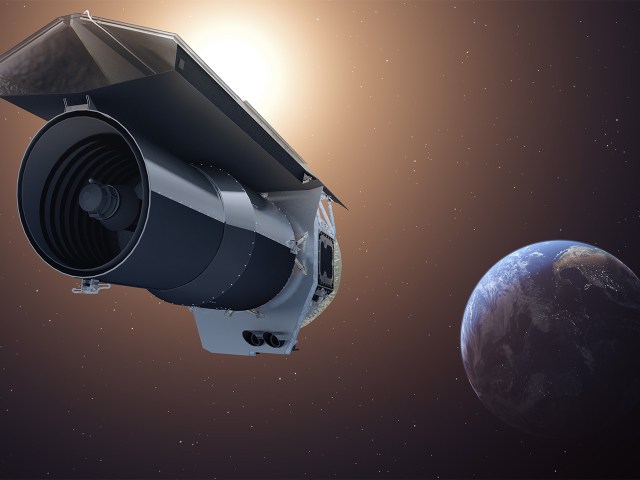As Spitzer’s orbit progresses beyond its current phase, it presents new challenges for the spacecraft. The distance between the two planets is increasing due to the slower pace of Spitzer’s journey around the Sun. To communicate effectively with Earth, Spitzer must angle its antenna higher towards the Sun, causing some parts of the spacecraft to experience increased heat. Additionally, the solar panels on Spitzer are pointed away from the sun and receive less sunlight, putting extra stress on the batteries.
To address these challenges and ensure that Spitzer can continue its mission during this riskier phase, the team will need to replace certain autonomous safety systems on board. These adjustments will allow Spitzer to optimize its performance and maximize the scientific data collected by the spacecraft.
Spitzer’s unique orbit has presented a number of engineering challenges over time. However, with careful planning and innovative solutions from the mission team, Spitzer continues to provide valuable insights into our universe.
